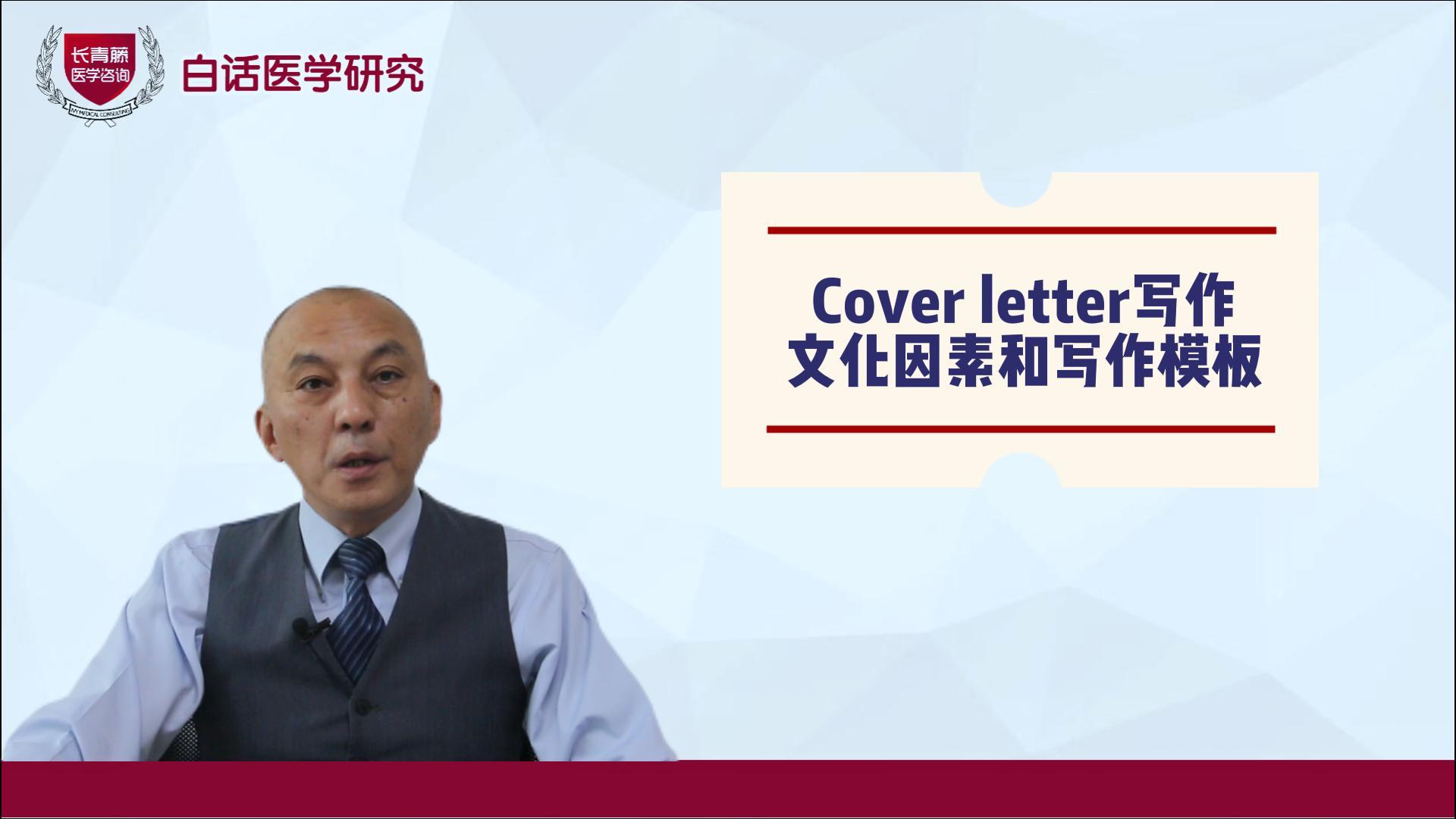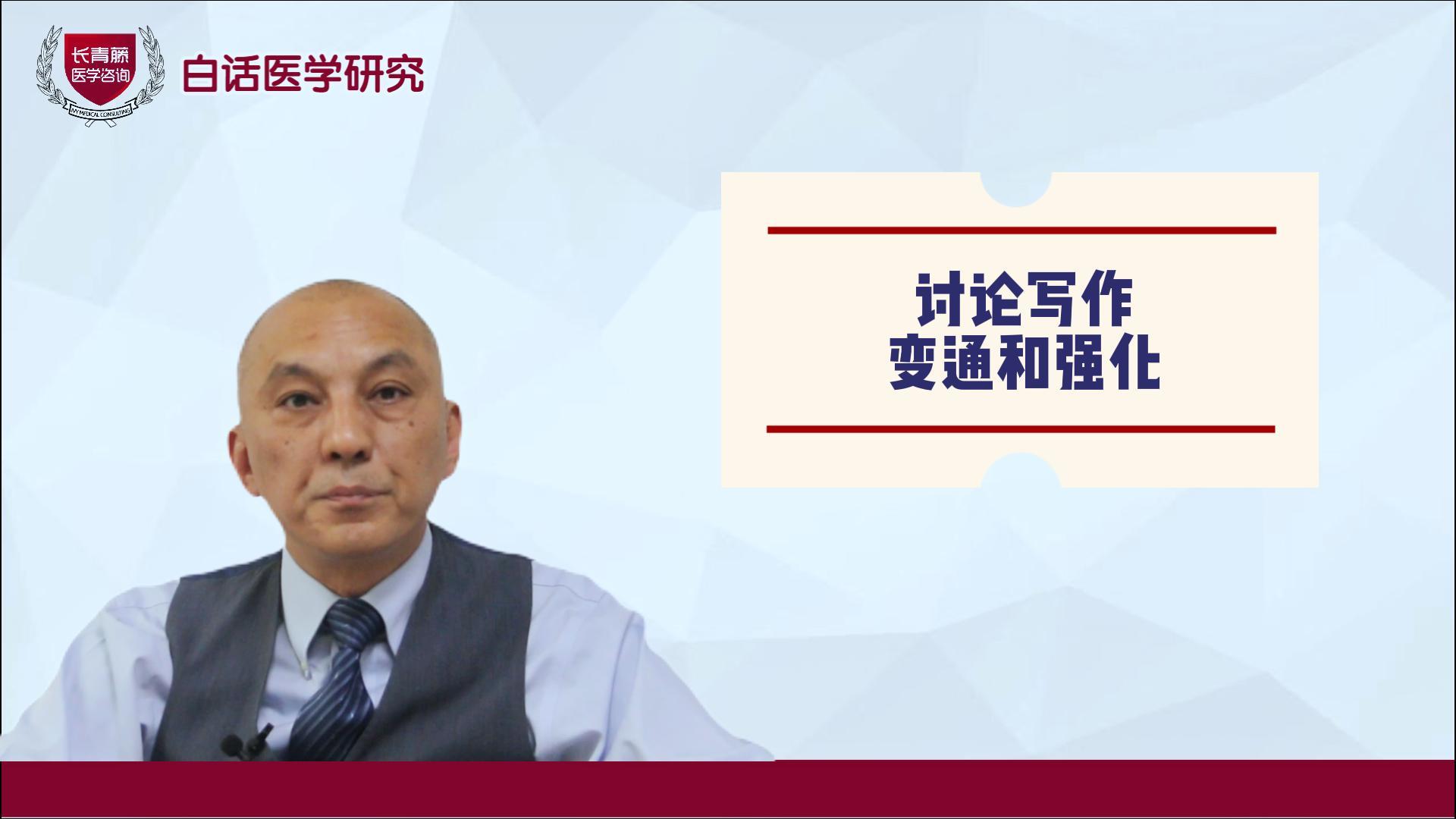1970-01-01

注:本文内容部分整理自Elsevier官网上发布的一篇文章《Writing the first draft of your science paper — some dos and don’ts》,作者是资深编辑Angel Borja博士。我们一起来看看他对论文中的英语表述有何建议。
写一篇清楚、客观、准确、简洁的文章,并且将其打造成一篇逻辑性强、可读性强的文章并不是一件容易的事情。尤其对于英语不是母语的人来说,语言可能更是一个绊脚石、拦路虎:如果审稿人因为你的语言而无法理解你论文中的学术内容,文章被接受的可能性就会大大降低,因为你不能让你的读者去猜你想表达的是什么意思。
一个期刊编辑曾经抱怨道:
(This) paper fell well below my threshold. I refuse to spend time trying to understand what the author is trying to say. Besides, I really want to send a message that they can't submit garbage to us and expect us to fix it. My rule of thumb is that if there are more than 6 grammatical errors in the abstract, then I don't waste my time carefully reading the rest.
“这篇文章远远低于我对于文章质量要求的阈值,我拒绝花时间去理解文章作者想说的话。而且,我真的想给文章作者发一个信息告诉他们:你们不能把一篇“垃圾”投稿给我们,然后指望着我们去修复它。我的经验是,如果摘要里有6个以上的语法错误,我就不会浪费时间去读文章。”
在阅读上面一段的文字的时候,你读的是英文还是中文? 相信很多人看到有中文翻译以后,就自动跳过了上面的英文内容。要知道,想要提高英文输出水平,重要的是有足够的英文输入:或许你无法在国外学习,但可以尽量多地用英文阅读和记录你的工作。例如,你可以每天用英文记录你的学术进展、最新成果,也尽可能多读原版英文文章,而不是把他们放到Google翻译里翻译后再读。
在这里,和大家分享一些论文中常见的英语表述问题:
1. 避免过长的句子
短小、直接的句子通常是更好的。过长的句子并不能让文章更加专业、学术,反而会令读者困惑。据说,我们每看一句话会呼吸一次,太长的句子会令读者喘不过气来。当下,学术写作中平均的句子长度是大约12至17个单词。因此,我们需要始终保持简洁,避免在一句话中说太多的事情。
很多年前,我在一篇文章中写了如下的话:
… Conversely, applying M-AMBI the explained variability reaches until 43.4%, for linear regression, and 53.8% for logarithmic regression, and the highest explained variability was found in high and low mesohaline and polyhaline areas (53-63%), whilst the lowest explained variability was in the oligohaline area (6%), being the mismatch in the comparison of both methods in terms of degraded-undegraded equivalences was of 16.4% of the cases in M-AMBI, and 12.7% in B-IBI, with a high spatial level of agreement.
在这句话中,我使用了78个单词,并且用连接词and,whilst和being将3个语意群连了起来。很可能连母语是英语的人都很难理解这句话。在审稿人指出这个问题并且建议我使用更短的语句后,我做了如下的修改:
… Conversely, applying M-AMBI the explained variability reaches until 43.4%, for linear regression, and 53.8% for logarithmic regression. The highest explained variability was found in high and low mesohaline and polyhaline areas (53-63%). In turn, the lowest explained variability was in the oligohaline area (6%). The mismatch in the comparison of both methods in terms of degraded-undegraded equivalences was of 16.4% of the cases in M-AMBI, and 12.7% in B-IBI, with a high spatial level of agreement.
那么,如何能够避免使用长句子呢?
1) 使用主动语态。例如,可将"It has been found that there had been many …" 改成 "Researchers found that many …"。
2) 避免使用过多的不必要的连接词, 例如"because …, so …", "Although …, but …", "considering …, it is …"。
例如,避免这样的语句:"The highest explained variability was found in high and low mesohaline and polyhaline areas (53-63%), because of the high concentration of organic matter, although it was …"
更好的说法是:"The highest explained variability was found in high and low mesohaline and polyhaline areas (53-63%). This is related to the high concentration of organic matter. Although it was…".
3) 避免使用过多的从句,例如 "It has already been found that when salinity increases to the mouth of an estuary there would be higher benthic richness, which can result also in higher diversity, while in low salinity areas benthic richness tends to be low …"
4) 避免将不尽相同的事情用"and"连接到一个句子中,例如 "This research investigates the grain size of sediments in coastal areas and discusses the grain size and the coastal sedimentation based on grain size …"
2. 避免一些冗余文字
1) 避免过度使用连接词或短语,例如"However," "In addition," "Moreover."。尽量别用太多这些词。
2) 避免使用没有意义的短语。不要再写 'and references therein.',因为读者都知道去看参考文献来获取更多的信息,不需要你特别指出来;删掉 "In present paper."这样的词,因为大家知道你在说本文,而不是在说另外一篇文章。
3) 避免同义重复的单词。例如"schematic diagram," "research work,"等等。因为schematic通常就是一个diagram,而research通常就是work。更好的方法是单独使用这些词"this scheme," "that diagram," "the research was …," "the work done was …"
3. 其他的一些注意事项
1) 不及物动词不应该使用被动语态。你不应该说"are happened"或者"was went."
2) 正确使用第三人称单数。不应该说"the concentrations shows that …" ,而应是"the concentrations show that …"
3) 注意逻辑主语问题,避免句首的短语与后面句子的逻辑关系错误。例如,"To improve the results, the experiment was done again."这句话就是错误的,因为The experiment 不能 improve the result itself。正确的说法应该是" To improve the results, we did the experiment again."
4) 注意不要使用口语中的略缩语,例如"it's," "weren't," "hasn't."。改成 it was, were not, has not.
5) 不要用数字作为句子的开头。例如,可以将"5 mg of sediment were analysed …"改成"Sediment (5 mg) was analysed …"
6) 一位数的数字应该拼写出来,两位数及以上的数字应该写作数字形式。例如,我们可以写"four samples"或者"25 samples"。在一个有很多数字的句子中,如果至少有一个数是两位数或者以上,则所有数字都应该写成数字形式。例如,Of the 21 samples, 1 was muddy, 6 gravel, and 14 sandy.
总之,文章作者应该尽自己所能,去保证文章中学术内容的准确性。在完成初稿以后,考虑更改、重写一些部分,以提升语言的质量。当然,也可以在投稿前找一个有经验的作者、或者第一语言是英语的人检查文章、进行语言上的修改。现在,许多杂志、出版商都有英语的润色服务,也不妨是一种选择。
参考来源
https://www.elsevier.com/connect/writing-a-science-paper-some-dos-and-donts
 扫码关注“医咖会”公众号,及时获取最新统计教程!
扫码关注“医咖会”公众号,及时获取最新统计教程!
百度浏览 来源 : 医咖会
版权声明:本网站所有注明来源“医微客”的文字、图片和音视频资料,版权均属于医微客所有,非经授权,任何媒体、网站或个人不得转载,授权转载时须注明来源:”医微客”。本网所有转载文章系出于传递更多信息之目的,且明确注明来源和作者,转载仅作观点分享,版权归原作者所有。不希望被转载的媒体或个人可与我们联系,我们将立即进行删除处理。 本站拥有对此声明的最终解释权。




发表评论
注册或登后即可发表评论
登录注册
全部评论(0)